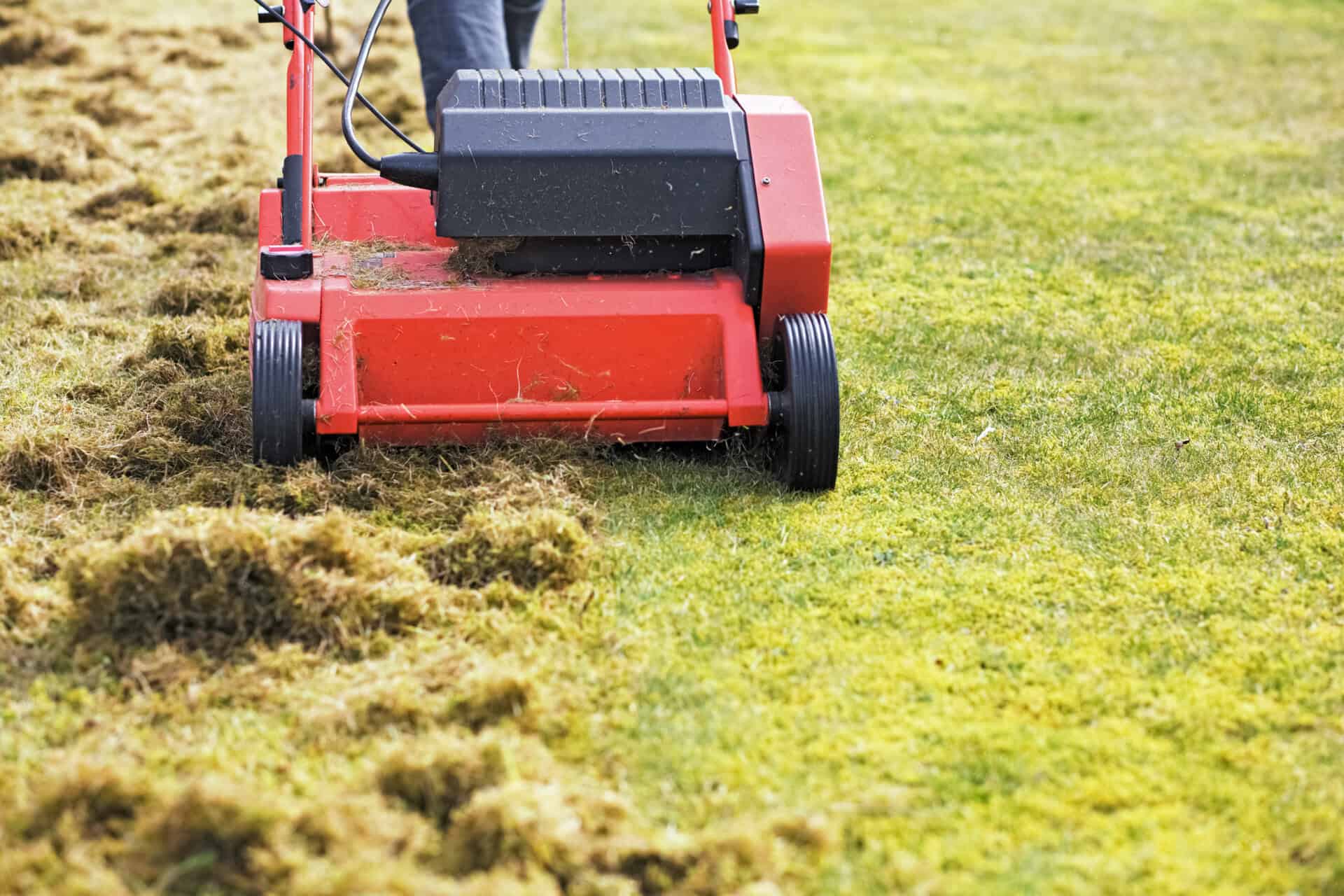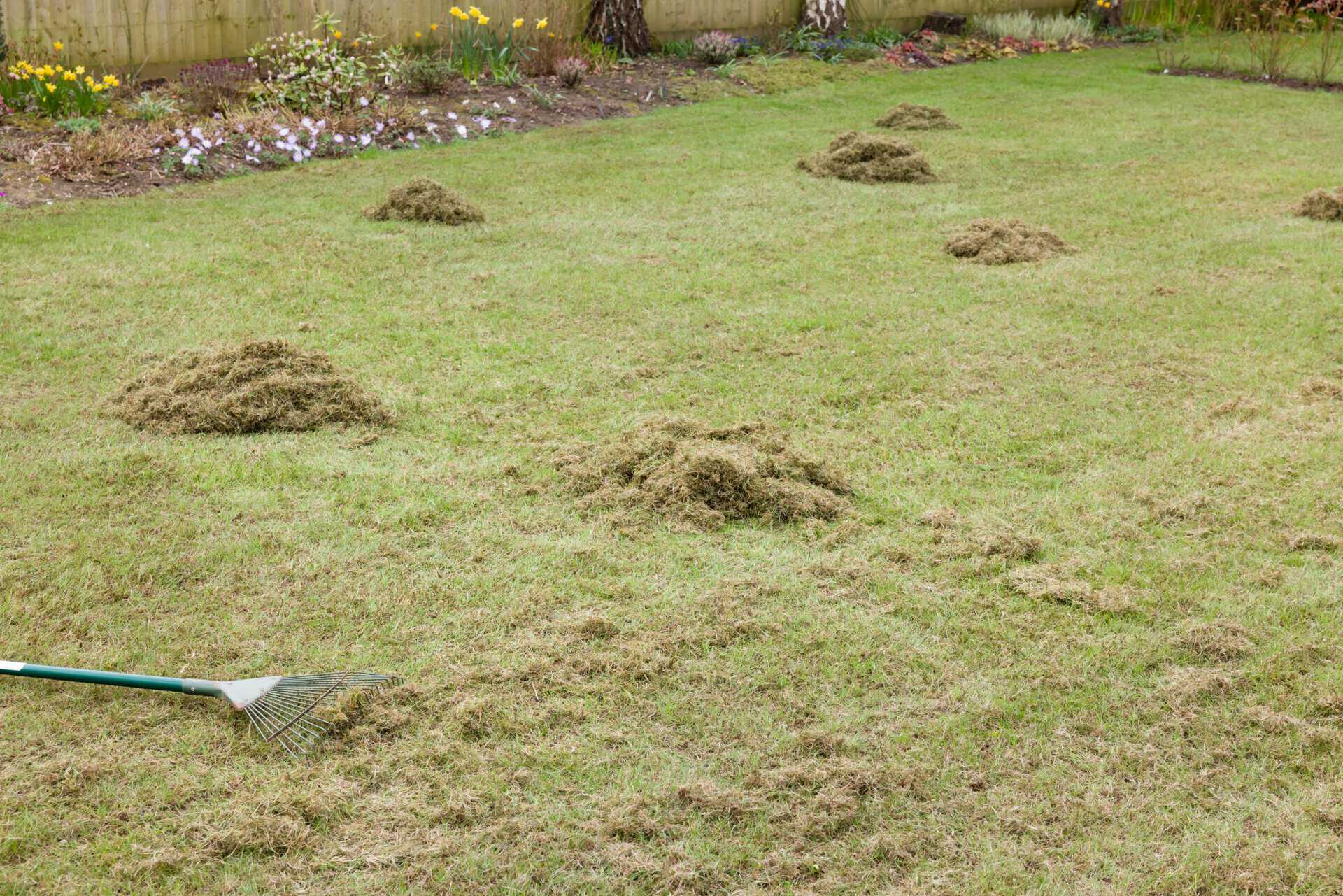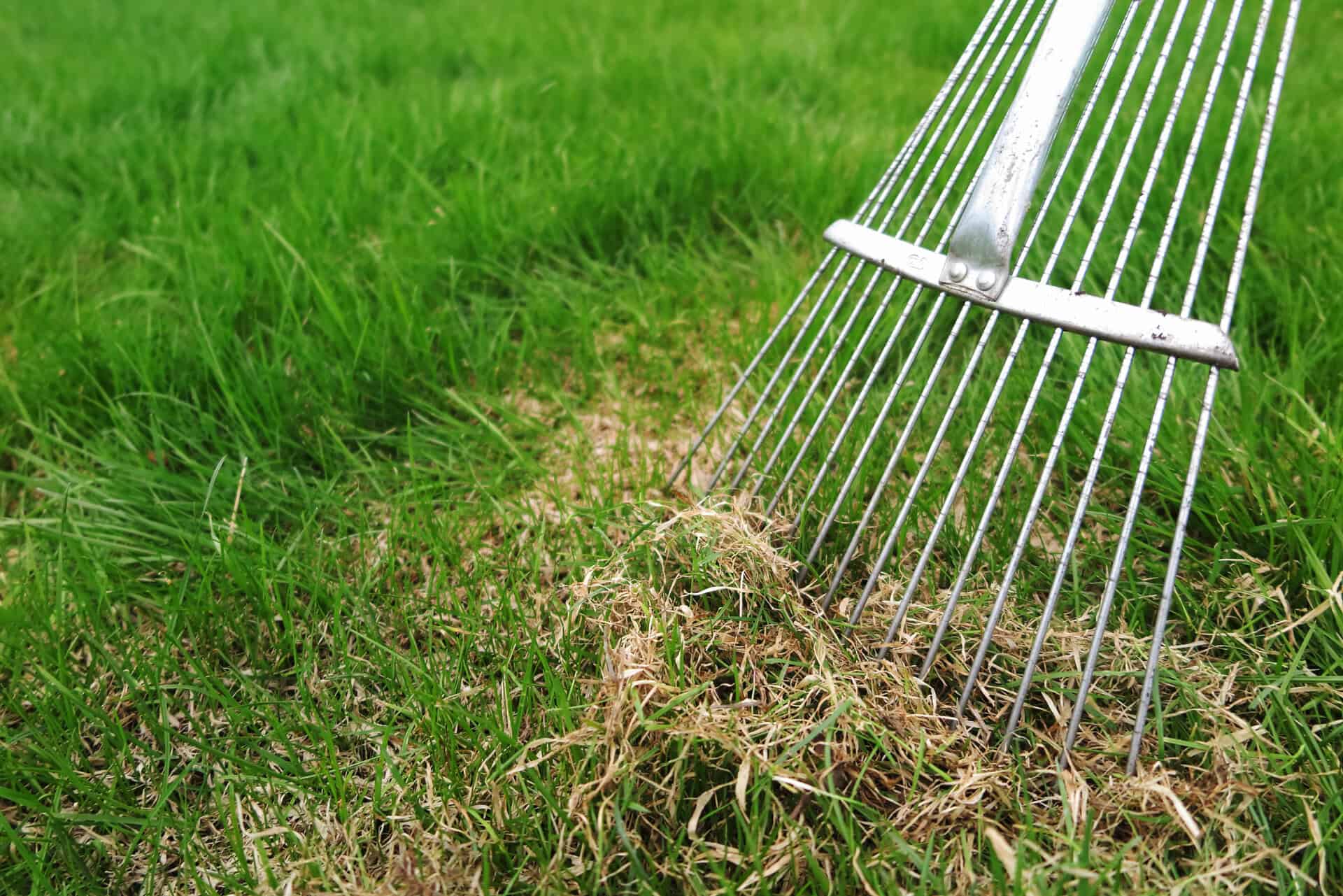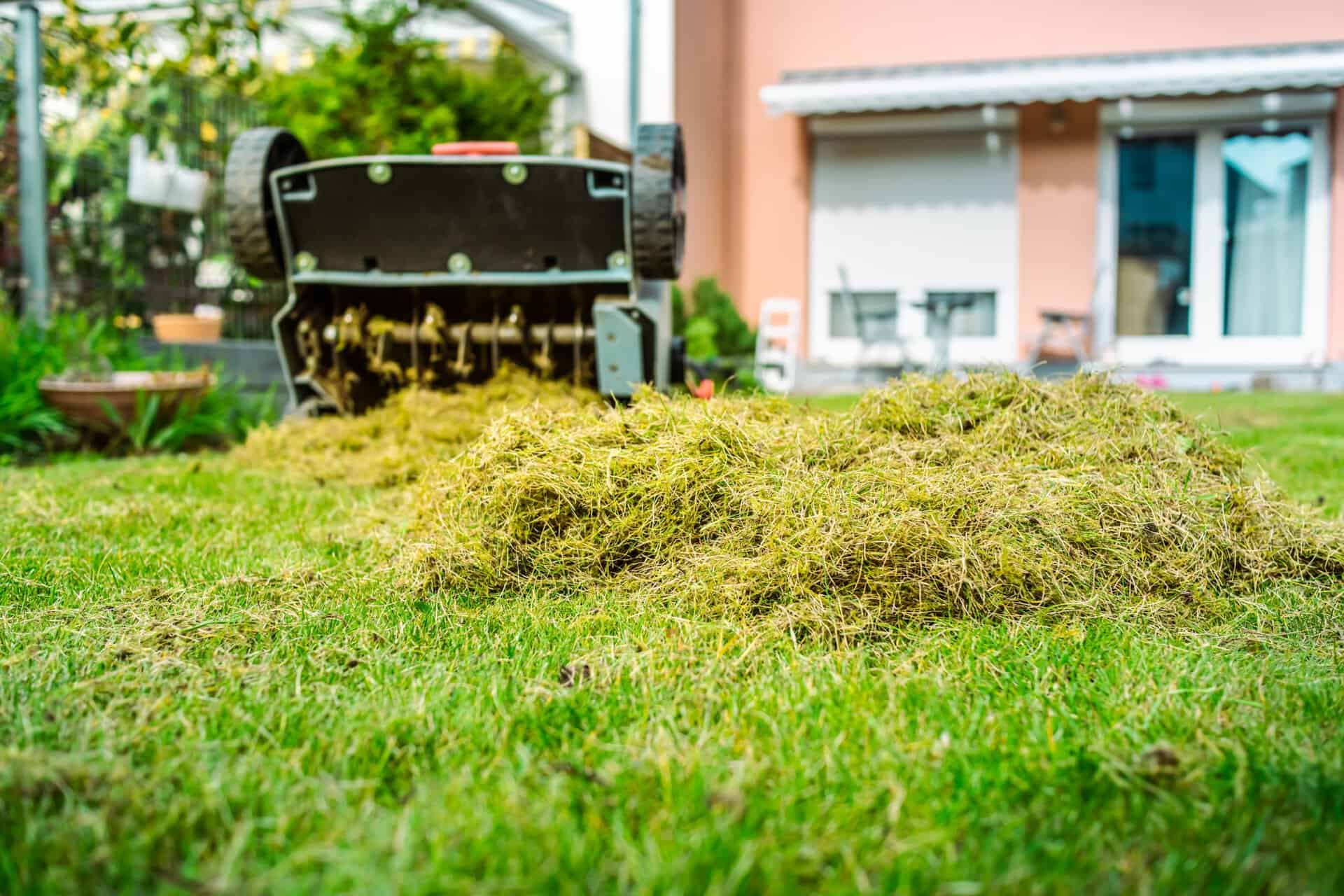Dethatching
Everything You Need to Know About Dethatching in Massachusetts: Expert Answers from Millennial Landscape & Construction
Dethatching is a crucial process for maintaining a lush, healthy lawn. To help you understand the importance of dethatching and how it benefits your lawn, we’ve answered some of the most common questions.
Let’s talk about your property!
How can Millennial Landscape & Construction assist with dethatching for my luxury home?
At Millennial Landscape & Construction, we offer professional dethatching services tailored to your property:
- Expert Assessment: We assess your lawn’s condition to determine the most appropriate dethatching method and timing.
- High-Quality Equipment: We use state-of-the-art equipment to ensure effective and efficient dethatching.
- Customized Care: Our team provides personalized care and follow-up to support your lawn’s recovery and health.
- Attention to Detail: We ensure meticulous care throughout the process, enhancing the beauty and health of your luxury lawn.
What is dethatching, and why is it important for luxury homes?
Dethatching is the process of removing thatch—a layer of dead grass, roots, and organic matter that accumulates between the soil and grass blades. Thatch can impede water, nutrients, and air from reaching the soil, potentially affecting the health of your lawn. Dethatching is important because:
- Lawn Health: It promotes a healthier, more robust lawn by improving soil aeration and nutrient absorption.
- Aesthetic Appeal: Ensures a more even and lush appearance, enhancing the overall look of your landscape.
- Property Value: Contributes to the curb appeal and value of your property.
How can I tell if my lawn needs dethatching?
You might need dethatching if:
- Thatch Layer: Your lawn feels like a spongy mat. This could mean you have excessive thatch buildup in the layer between the grass and the actual soil.
- Poor Lawn Growth: Your lawn shows signs of poor growth, despite regular watering and fertilization.
- Watering Issues: Water tends to pool on the surface rather than soaking into the soil.
- Moss and Weeds: Increased moss growth or weed infestations, which can be indicative of poor soil conditions beneath the thatch.
What are the benefits of dethatching my lawn?
Dethatching offers several benefits:
- Improved Airflow: Enhances the flow of air to the root zone, which is essential for healthy root development.
- Better Nutrient Absorption: Allows fertilizers and other nutrients to penetrate the soil more effectively.
- Enhanced Water Penetration: Facilitates better water infiltration, reducing runoff and improving soil moisture.
- Increased Lawn Vitality: Promotes a more vigorous and resilient lawn by reducing stress on grass plants.
When is the best time to dethatch a lawn in Massachusetts?
In Massachusetts, the best time to dethatch depends on the type of grass you have:
-
- Massachusetts: As cool-season grass is prevalent in our state, the ideal time is early spring or late summer/early fall when the grass is actively growing.
- Timing: In early spring or early fall, the cool temperatures are most favorable for grasses like Kentucky bluegrass, ryegrass, and fescues. The lack of stress from the summer heat allows for proper air circulation and photosynthesis so that the lawn recovers quickly and benefits from the improved growing conditions.
- Warmer Months: As it is not advised to dethatch a lawn in the summer months, it is still possible. If done, we will be sure to generate a plan to combat the summer heat.
Dethatching early in the spring and fall ensures that the lawn recovers quickly and benefits from the improved growing conditions
What are the different methods of dethatching, and which is best for my lawn?
The primary methods of dethatching include:
- Manual Dethatching: Using a dethatching rake, which is effective for small areas or minor thatch problems. It involves manually raking the lawn to remove the thatch.
- Mechanical Dethatching: Using a power dethatcher or scarifier, which is suitable for larger areas or more severe thatch buildup. This machine uses rotating blades or tines to pull the thatch from the soil
- Vertical Mowing: A more aggressive approach that involves using specialized equipment to cut through the thatch and remove it.
For homes with larger lawns or more significant thatch issues, mechanical dethatching is often more efficient and effective.
Can dethatching damage my lawn?
When performed correctly, dethatching should not damage your lawn. However, if done improperly or at the wrong time, it can cause stress to the grass. To minimize potential damage:
- Timing: Ensure dethatching is done during the appropriate season and when required.
- Equipment: Use well-maintained, sharp equipment to avoid unnecessary damage to the grass.
- Follow-Up Care: Provide proper follow-up care, such as watering and fertilizing, to help the lawn recover and thrive.
How often should dethatching be performed?
The frequency of dethatching depends on several factors, including grass type, lawn use, and thatch buildup. Generally:
- Cool-Season Grasses: Dethatch every 2-4 years, or as needed based on thatch accumulation.
- Clippings Management: The two types of Clippings management are mulching and bagging and can affect the frequency of dethatching.
- Mulching consists of leaving the grass clippings on the lawn which allows them to decompose naturally and provide nutrients back into the soil. Note that excess amount of clippings can allow for a surplus of thatch which may need to be removed in the future.
- Bagging is the action of catching the cut grass and removing offsite. Bagging is usually done when large amounts of clippings need to be removed but is required throughout the season.
Over-dethatching can be harmful, so it’s essential to monitor your lawn’s condition and dethatch only when necessary.
What should I do to prepare my lawn for dethatching?
Preparing your lawn for dethatching involves:
- Mowing: Mow your lawn to a shorter height than usual to make the dethatching process more effective.
- Watering: Water the lawn a day or two before dethatching to soften the soil and make it easier to remove the thatch.
- Clearing Debris: Remove any debris, such as sticks and stones, from the lawn to avoid damaging the dethatching equipment.
What follow-up care is needed after dethatching?
After dethatching, provide the following care to help your lawn recover:
- Watering: Keep the lawn well-watered to help the grass recover and promote new growth.
- Fertilizing: Apply a balanced fertilizer to provide essential nutrients and support healthy grass growth.
- Weed Control: Monitor for weeds and apply pre-emergent herbicides if necessary to prevent weed infestations.
- Resting: Avoid heavy foot traffic and lawn use until the grass has recovered.
How do I get started with professional dethatching services?
To get started with professional dethatching:
- Contact Us: Reach out to Millennial Landscape & Construction to discuss your dethatching needs and schedule a consultation.
- Assessment: We will evaluate your lawn and recommend the best dethatching approach for optimal results.
- Scheduling: We’ll arrange a convenient time for our team to perform the dethatching and ensure your lawn receives the best care.
Bringing Happiness to Your Everyday
Properly installed and maintained outdoor living spaces can exponentially enhance the satisfaction of spending time at home. Whether you are decompressing and self-soothing with a book and a cup of coffee, or have a yard full of kids running around, you will truly appreciate your surroundings.





